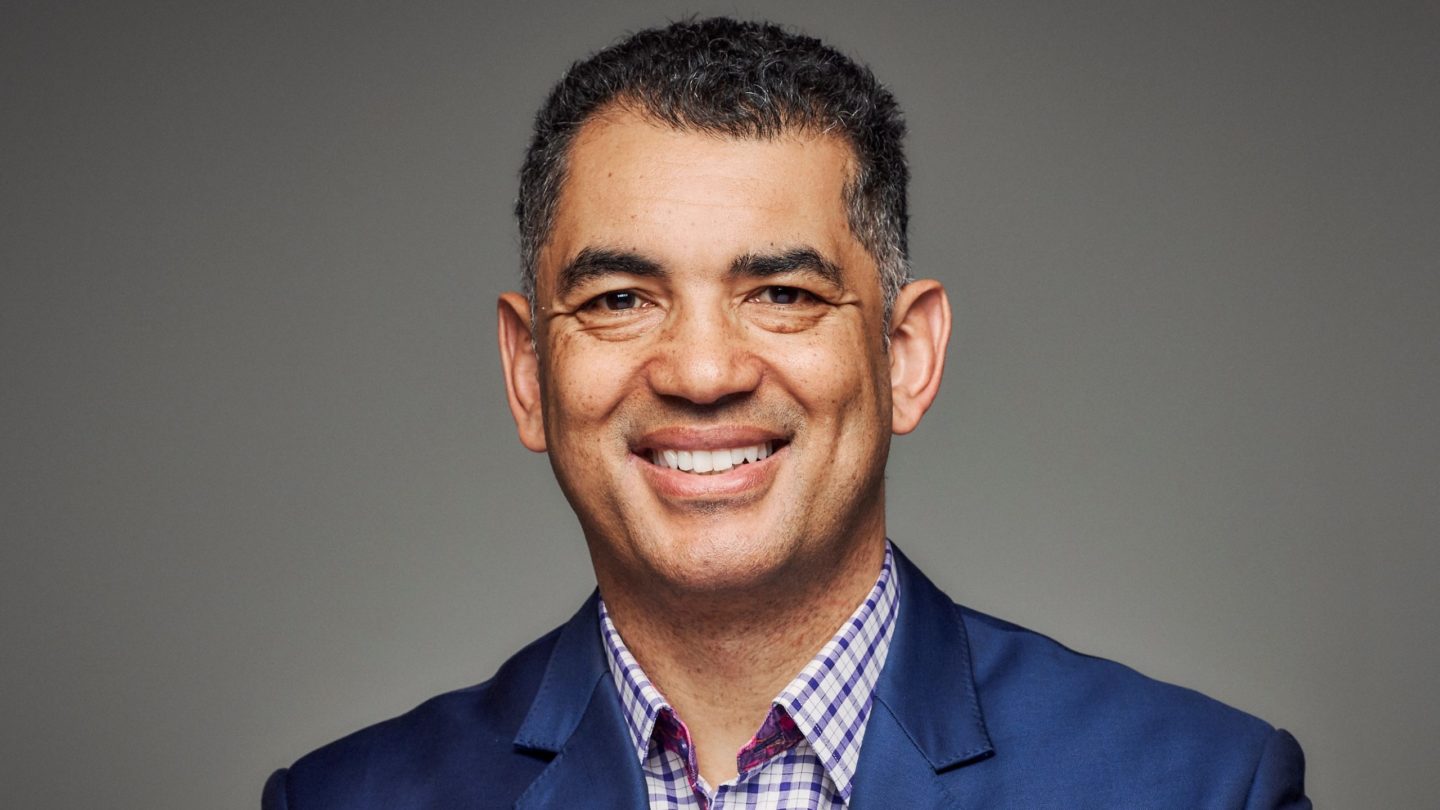A friend of mine has been trying to build a garden room for the last six months. He has visited the showrooms, has the cash ready and waiting to spend and the companies keep telling him they will send someone to measure up and quote – but nobody ever arrives.
Meanwhile, a restaurateur I know in Bath tells me he has been going to great lengths to find a head chef – again to no avail – while another friend is on a long waiting-list for a bike for her child’s birthday. Stories like this – rising costs on building projects, shortages of goods and materials, problems finding staff – feel like they are coming from every angle at the moment, and together they add up to one thing: inflation.
As economies reopen, rising demand is encountering bottlenecks in the supply of both goods and labour. Government spending programmes to support the recovery are adding fuel to the fire. Many clients will have seen the news that CPI reached 2.1% in May – above the Bank of England’s 2% target – and will be worried that we are heading up to the 5% level seen in 2008 and 2011, or the even dizzier heights of the 1970s and 1980s.
Near-term spike
The UK central bank has said the rise is likely to be only transitory, although it does expect a spike above 3% in the near term. Global policymakers still believe sluggish growth is the bigger risk as reopening effects fade, Covid-related constraints on the supply side ease and demand normalises. Still, it is little wonder some clients feel spooked, given this is the first time inflation has been on the cards in a decade.
A world in which price rises erode the spending power of portfolios is risky for those saving to fund long-term goals such as retirement. An annual 2% reduction in your spending power during a retirement of 30 years is a significant risk. An annual reduction of 5% even more so.
Many clients have also built up large sums in bank accounts, where they are likely to be generating close to zero returns – or negative returns in real terms. The Office for Budget Responsibility puts the increase in cash in bank accounts between the start of the pandemic and June this year at £180bn. That is a lot of money sitting around losing value.
Inflation risks
So how do we help clients think about the potential impact of inflation, and how do they factor it into decisions about risk? First, there is no need to panic. Active managers will already be adjusting portfolios to reflect the risk that inflation becomes entrenched – whether by shortening duration in bond portfolios, moving into higher-yielding bonds or adding real assets such as property or infrastructure, which have a built-in inflation hedge.
Ideally, the portfolio will be managed against a forward-looking risk target so the adviser and the investor can be confident any allocation shifts are within the agreed parameters. If not, the fund should be regularly reviewed to ensure both adviser and client are aware of any changes to the risk profile.
Second, looking beyond the pandemic to the longer term, it is important to keep financial-planning assumptions in real terms. Managers will continue to adjust to the investment environment, whether inflationary, deflationary or otherwise. The same goes for the management teams of the companies they invest in or lend to. History tells us that, as long as managers stick to the risk budget, the same range of real returns is achievable.
Expenses considerations
On the expenses front, too, it makes sense to ‘keep it real’. Broadly speaking, expenses can be assumed to rise in line with inflation – but there are exceptions, some of which may affect other financial decisions the client makes. A long-term fixed rate mortgage, for example, might be modelled at 0% increase and therefore represents a reducing cost in real terms. In contrast, healthcare costs in old age might be assumed to grow at a faster rate than inflation – a useful example when talking to clients about the importance of long-term returns.
Finally, it is worth reminding clients that, in inflationary environments, the biggest risk can come from not investing at all. Cash in the bank is not a cautious approach if its worth is being eroded in real terms by the day.
Inflation is notoriously hard to predict. In a period in which some economists are warning about stagflation and others think we will return to an environment of stable or even falling prices, there are no easy answers. Modelling returns in real terms is the most effective way to manage inflation and allows us to make financial plans that look beyond price rises in the here and now to put our clients on course for the future.
Ben Goss is CEO of Dynamic Planner







